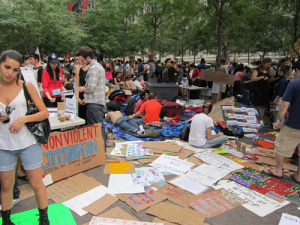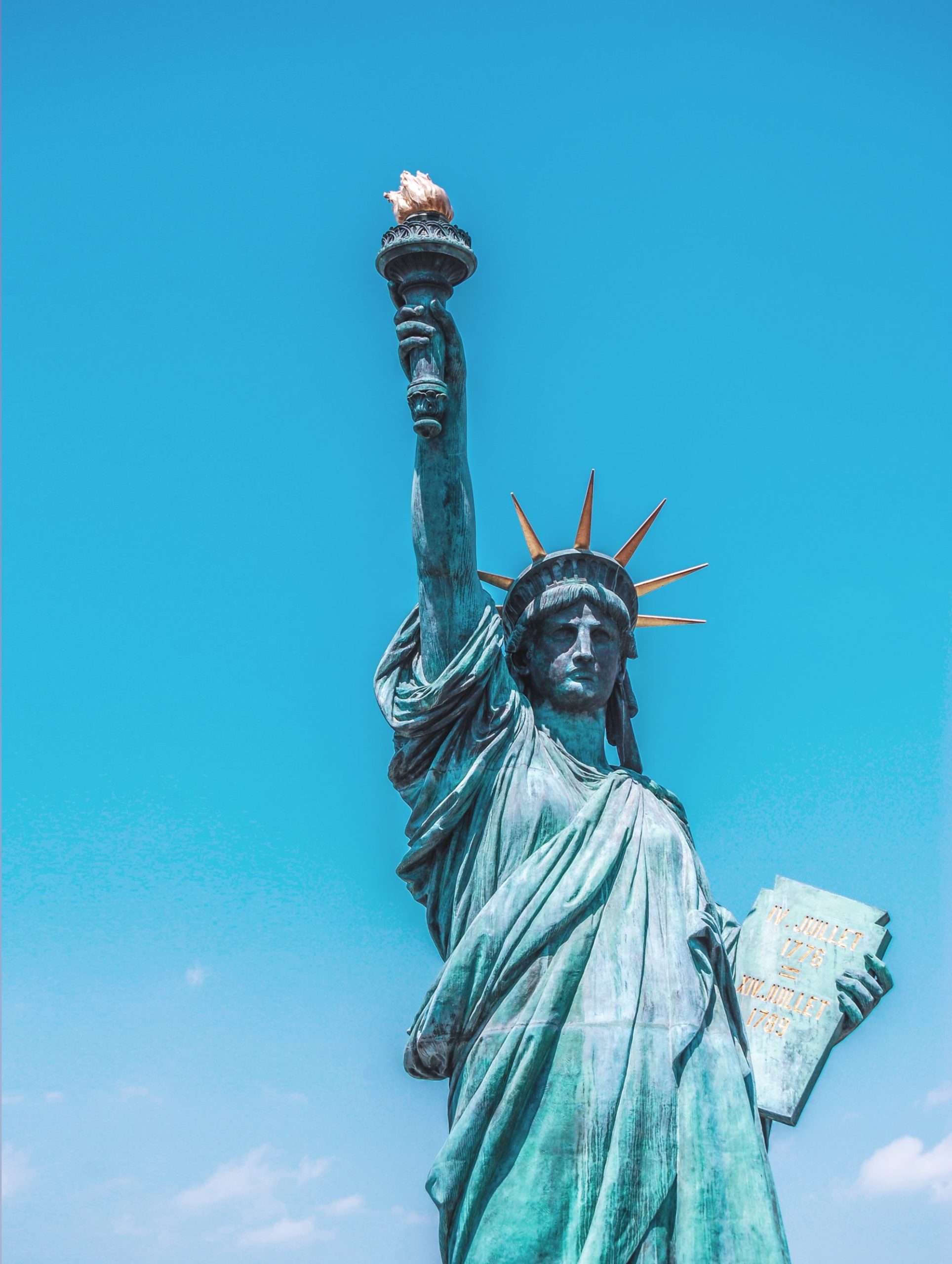 As I’ve scanned the web over the past few years for writing on the link between restorative justice and activism, looking for allies and information, there has always been a surprising void. There still is, but I feel that’s about to change. Any and all of the various forms of activism happening around the world have the potential to fill the vacuum.
As I’ve scanned the web over the past few years for writing on the link between restorative justice and activism, looking for allies and information, there has always been a surprising void. There still is, but I feel that’s about to change. Any and all of the various forms of activism happening around the world have the potential to fill the vacuum.
Whatever the issue or campaign, the root cause is the same—the belief in separateness—and how organizers and the rest of us respond to breaking issues can either put restorative justice on the activist map in a transformational way or keep it limited to convenient sound bites.
My personal bias is this: The kind of activism I’m interested in moves us in the direction of a life-affirming society by putting life-affirming values and actions into practice. That means moving in a restorative direction and being consistent in our nonviolence.
As someone who walks in the worlds of activism and restorative justice (RJ), I’m excited about the transformational power—at the worldview and systems levels—
of aligning activism with RJ. But let’s be honest, this means a huge shift. To get there, we would do well to keep the five R’s of RJ in mind: relationship, respect, responsibility, repair, and reintegration.
The perspective and values represented by the “R’s” can be guiding lights as we navigate the challenging times ahead. They give us a not so subtle hint that this way of doing things is radically different. When relationships and respect are prioritized it certainly changes everything about the way I used to practice activism!
Prioritizing relationships and respect creates an atmosphere where those who cause harm are much more likely to take their share of responsibility and this, in turn, sets the stage for repair of the harm and real change at the systems level.
This way of repairing harm has deep roots in indigenous societies and continues to have incredible success internationally within the mainstream justice system jurisdictions where it is practiced, as well as in schools. It didn’t take me long as a RJ practitioner to realize that restorative principles and practices were too good to be limited to these sectors.
I have already written about how the 5 R’s could help guide efforts to address environmental harm such as the spill of mining waste into the Animas River here in Colorado (maybe you saw the images of the beautiful trout stream turned orange?). Now it’s time to cast the net even wider to include virtually any social/political situation where there is identified harm, including immigration, gun control and gun violence, abuses of power, and the big issues of war and peace. There really is no limit to the ways in which restorative justice could transform societies.
One of the main beauties of moving in a more restorative direction is the inclusion of the big picture and the need for systems-level change. For example, it would be hard to ever argue that the harm caused by the BP oil spill disaster in the Gulf of Mexico were repaired as long as there was a strong likelihood that something similar will happen again. More than anything, victims often want to know that what happened to them—or their environment—will not ever happen again. And while getting to certainty on something like that is often not going to be possible, in a restorative justice process a good faith effort will need to be made, otherwise it simply isn’t restorative.
To me, this all represents fascinatingly uncharted territory. I hope you will agree and engage with me and others as we do what we can to move our communities and society in a restorative, life-affirming direction.

